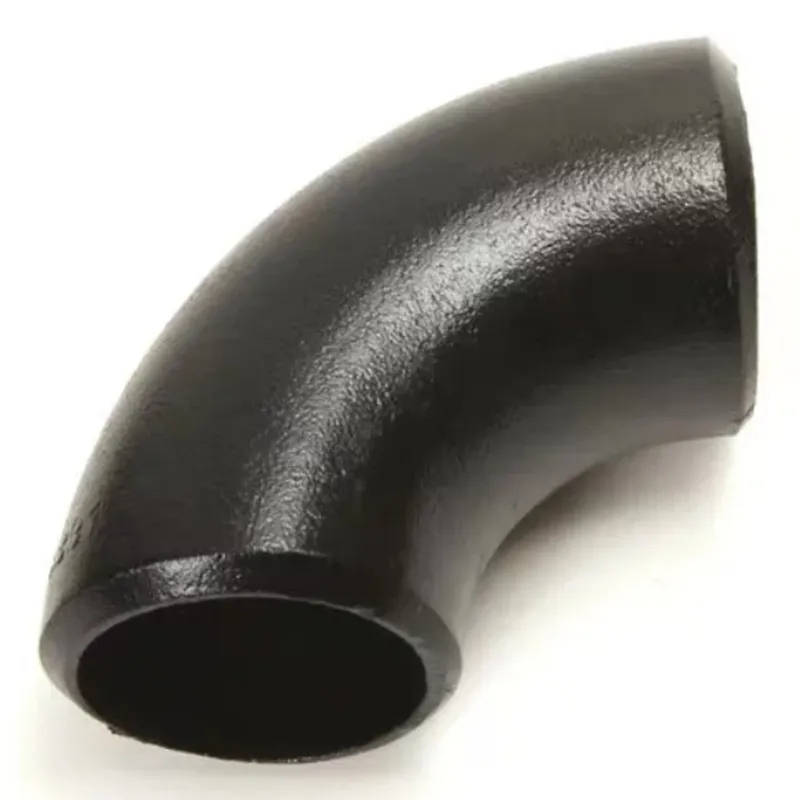-
Cangzhou Yulong Steel Co., Ltd.
-
Phone:
+86 13303177267 -
Email:
admin@ylsteelfittings.com
- English
- Arabic
- Italian
- Spanish
- Portuguese
- German
- kazakh
- Persian
- Greek
- French
- Russian
- Polish
- Thai
- Indonesian
- Vietnamese
- Zulu
- Korean
- Uzbek
- Hindi
- Serbian
- Malay
- Ukrainian
- Gujarati
- Haitian Creole
- hausa
- hawaiian
- Hebrew
- Miao
- Hungarian
- Icelandic
- igbo
- irish
- Japanese
- Javanese
- Kannada
- Khmer
- Rwandese
- Afrikaans
- Albanian
- Amharic
- Armenian
- Azerbaijani
- Basque
- Belarusian
- Bengali
- Bosnian
- Bulgarian
- Catalan
- Cebuano
- China
- China (Taiwan)
- Corsican
- Croatian
- Czech
- Danish
- Esperanto
- Estonian
- Finnish
- Frisian
- Galician
- Georgian
- Kurdish
- Kyrgyz
- Lao
- Latin
- Latvian
- Lithuanian
- Luxembourgish
- Macedonian
- Malgashi
- Malayalam
- Maltese
- Maori
- Marathi
- Mongolian
- Myanmar
- Nepali
- Norwegian
- Norwegian
- Occitan
- Pashto
- Dutch
- Punjabi
- Romanian
- Samoan
- Scottish Gaelic
- Sesotho
- Shona
- Sindhi
- Sinhala
- Slovak
- Slovenian
- Somali
- Sundanese
- Swahili
- Swedish
- Tagalog
- Tajik
- Tamil
- Tatar
- Telugu
- Turkish
- Turkmen
- Urdu
- Uighur
- Welsh
- Bantu
- Yiddish
- Yoruba

Oct . 11, 2024 08:46 Back to list
repairing galvanized pipe
Repairing Galvanized Pipe A Comprehensive Guide
Galvanized pipes, known for their steel core and zinc coating, have been widely used in plumbing systems for many decades. Although they offer rust resistance due to the galvanization process, these pipes can still succumb to corrosion and wear over time. As a homeowner or plumber, knowing how to repair galvanized pipes is essential to maintain the integrity of your plumbing system. This article will guide you through the common issues associated with galvanized pipes and provide step-by-step instructions on how to repair them effectively.
Understanding the Issues
Before diving into repairs, it’s essential to recognize the common problems that affect galvanized pipes. Over time, the zinc coating can wear away, exposing the steel underneath to moisture and leading to corrosion. This can result in leaks, reduced water pressure, and even pipe bursts. In addition, the interior of galvanized pipes can accumulate mineral deposits, further obstructing water flow.
Assessing the Damage
To initiate repairs, you first need to assess the extent of the damage. Look for signs of leaks, rust spots, or water stains in your home. If you notice reduced water pressure, it may be due to blockages caused by mineral buildup. In some cases, it may be necessary to replace sections of the pipe rather than repair them.
Repair Options
1. Patch Leaks with Epoxy Putty If you find small leaks in the galvanized pipe, you can use epoxy putty as a quick fix. Clean the area around the leak thoroughly, ensuring that there is no moisture. Cut a piece of the putty and knead it according to the manufacturer's instructions. Apply it over the leak and smooth it out, allowing it to cure as directed. This method works well for minor leaks and can last for months.
repairing galvanized pipe

2. Joint Replacement If the leak occurs at a joint, it may be necessary to disassemble the joint, clean the threads, and apply new pipe joint compound or Teflon tape before reassembling. Make sure to tighten the joint securely to avoid further leaks.
3. Using a Slip Coupling In cases where the pipe is damaged or corroded, cutting out the affected section may be necessary. Use a hacksaw to cut the pipe about five to six inches away from the damaged area. Install a slip coupling on either side of the cut, making sure to securely tighten it. This approach is effective for localized damage and can be done with relatively simple tools.
4. Replacing Sections of Pipe If the damage is extensive, replacement might be the best option. Measure the length of the pipe needing replacement, and procure new galvanized pipe sections or use PEX as a modern alternative. Cut the old pipe using a pipe cutter, prepare the ends of the new section, and join them using a coupling or threaded connectors.
5. Professional Help If the task seems overwhelming, or if there are multiple leaks in various locations, consulting a professional plumber may be the best course of action. They possess the knowledge and tools necessary to diagnose the problem accurately and provide a long-lasting solution.
Preventing Future Issues
Once repairs are completed, take measures to prevent future problems. Regularly inspect your galvanized pipes for signs of leaks or corrosion. Consider using water softeners to reduce mineral buildup and increase the longevity of your pipes. Additionally, insulating pipes can prevent them from freezing and cracking during cold temperatures.
In conclusion, while galvanized pipes have served many homes well, they can create headaches when they start to corrode or leak. Understanding how to assess and execute repairs can save you both time and money. Whether using temporary fixes or opting for full replacements, taking proactive steps will ensure a reliable and efficient plumbing system for years to come.
Latest news
-
ANSI 150P SS304 SO FLANGE
NewsFeb.14,2025
-
ASTM A333GR6 STEEL PIPE
NewsJan.20,2025
-
ANSI B16.5 WELDING NECK FLANGE
NewsJan.15,2026
-
ANSI B16.5 SLIP-ON FLANGE
NewsApr.19,2024
-
SABS 1123 FLANGE
NewsJan.15,2025
-
DIN86044 PLATE FLANGE
NewsApr.19,2024
-
DIN2527 BLIND FLANGE
NewsApr.12,2024
-
JIS B2311 Butt-Welding Fittings LR/SR 45°/90° /180°Seamless/Weld
NewsApr.23,2024











